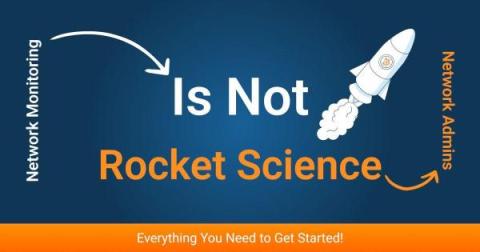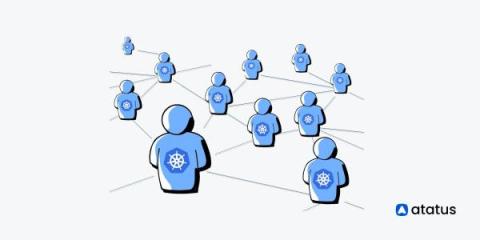Operations | Monitoring | ITSM | DevOps | Cloud
Networks
The latest News and Information on IT Networks and related technologies.
Succeeding with Teams Phone in 2024
Moving to Teams Phone as your primary voice system can save money and provide a great user experience, or it can “crash and burn”. In a two-part workshop, I had the opportunity to explore insights to help migrate successfully to Teams Phone with Greg Zweig of Ribbon. (Ribbon was kind enough to sponsor both workshop sessions.) This article summarizes the information we covered in the workshop.
The Benefits of Utilizing Server Monitoring Tools
DX UIM 23.4 Sets a New Standard for Infrastructure Observability
DX Unified Infrastructure Management 23.4 (DX UIM 23.4) is now available. DX UIM 23.4 is the latest version of our cornerstone, full-stack infrastructure observability solution for hybrid cloud and traditional data center environments. DX UIM is a key component of AIOps by Broadcom, a suite of solutions that leverage best-of-breed domain monitoring tools and advanced analytics to deliver actionable insights and enable intelligent automation across the IT operations stack.
What is Network Error Rate & How to Measure It
If you've ever wondered why your network occasionally plays hard to get or experienced those head-scratching moments when everything seems fine, yet something's not quite right – you're in the right place. As the digital landscape evolves, understanding and effectively managing Network Error Rate has become a pivotal aspect of maintaining a robust and efficient network infrastructure.
AIOps in Telecom Industry: Challenges, Benefits, and Use Cases
The telecom industry is rapidly evolving, with network operations becoming increasingly complex. To navigate this complexity, telecom operators are turning to Artificial Intelligence for IT Operations (AIOps) solutions. AIOps combines artificial intelligence, machine learning, and big data analytics to optimize network performance, enhance customer experience, and drive business outcomes.
Mastering NGINX Monitoring: Comprehensive Guide to Essential Tools
NGINX, is a versatile open-source web server, reverse proxy, and load balancer, stands out for its exceptional performance and scalability. Monitoring Nginx is pivotal for maintaining its optimal functionality. By tracking and analysing performance, including real-time insights into server health, resource utilization, and user requests, administrators can proactively identify issues.
Tech trends to watch in 2024
Network Monitoring for Dummies: It's Not Rocket Science
You know the feeling when you are peacefully cruising through your day as a network admin and suddenly, bam! Wi-Fi at the entire head office decides to play hide-and-seek, leaving you stuck in no man’s land. All you hear from everyone is “Fix it now!”. Frustrating, right? That's where network monitoring swoops in to save your day.
Kubernetes Networking: Understanding Services and Ingress
Within the dynamic landscape of container orchestration, Kubernetes stands as a transformative force, reshaping the landscape of deploying and managing containerized applications. At the core of Kubernetes' capabilities lies its sophisticated networking model, a resilient framework that facilitates seamless communication between microservices and orchestrates external access to applications. Among the foundational elements shaping this networking landscape are Kubernetes Services and Ingress.











